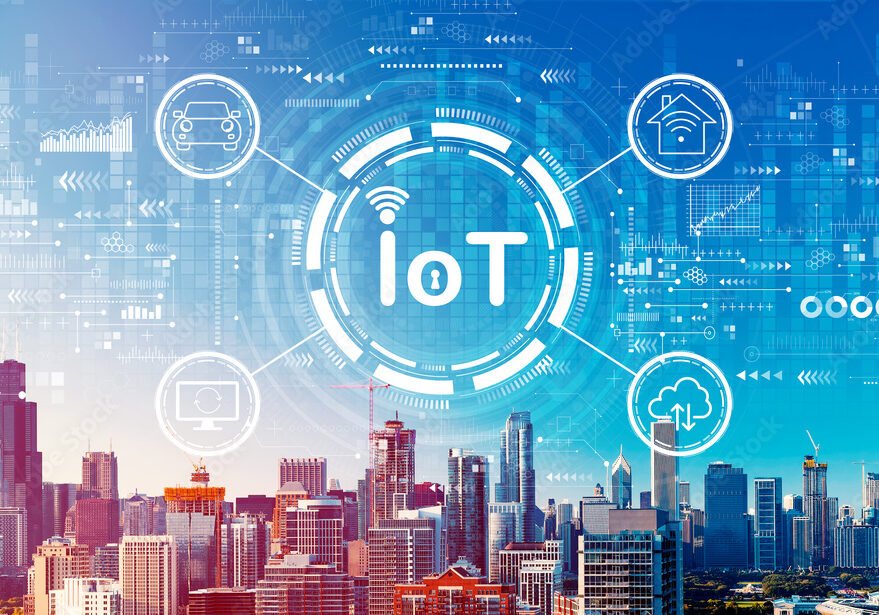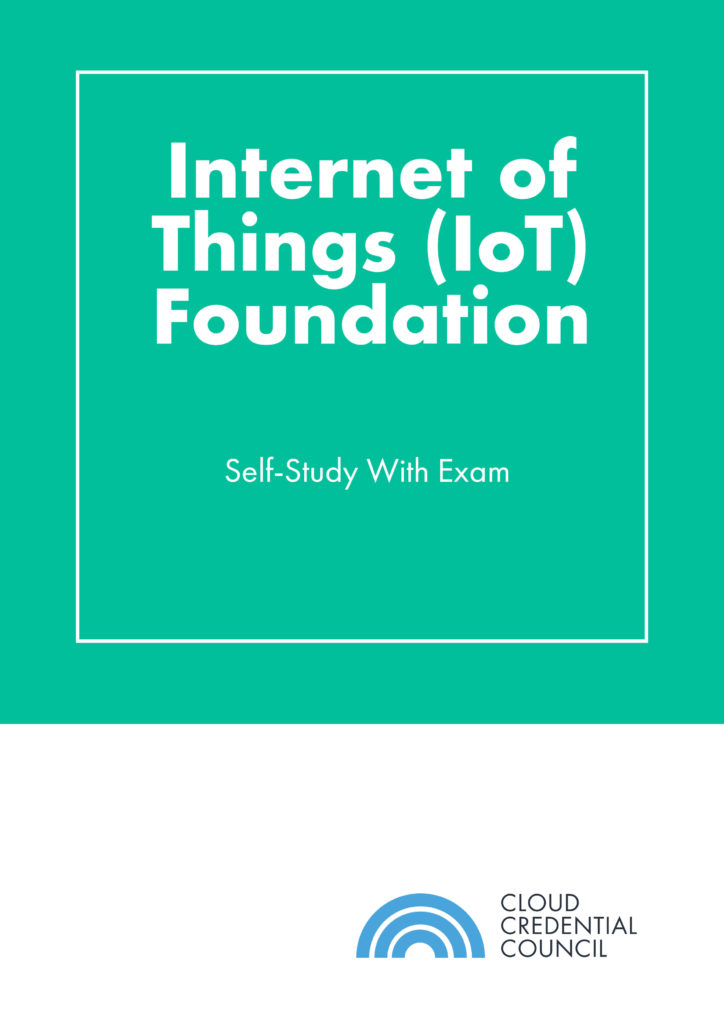The Increasing Role of IoT on Small Businesses’ Growth

Mark O'Loughlin

IoT adoption is on the rise. Yet, there is no doubt that while IoT adoption continues to grow, there is still a basic lack of understanding throughout businesses on how they can utilize IoT technology, services, apps and sensors to achieve a competitive advantage, market share and to deliver value-based services to customers.
Computer science scholars Friedemann Mattern and Christian Floerkemeie described IoT as “a vision in which the Internet extends into the real world embracing everyday objects”. Very true and very apt. However, the potential of IoT goes even further when the data captured by sensors, and once understood, can be used to develop new ideas, thoughts, services, and products – thus leading to new business opportunities and models for organizations.
One of the critical, but often under-utilized, benefits of IoT is the creation of data; data which can be capitalized upon in a multitude of ways. This may not sound particularly useful for small businesses at first glance but a deeper looker will show otherwise. To have an understanding of the scope of what is being produced, it is predicted by market intelligence experts IDC that there will be a total volume of data and content produced of 175 zettabytes by 2025. Thanks to the continuous development of artificial intelligence and machine learning, the amount of this data that is actually stored is expected to decrease. It’s both impossible and unnecessary after all, to go through every piece of data without AI.
This year’s developments might reveal to be key in the assessment of how IoT will carry on growing this decade and whether the estimation of the value of the global IoT market to lie somewhere around 1.6 trillion by 2025 holds any water. Rob Mesirow, leader of PwC Connected Solutions, goes as far as claiming it will be a breakout year for IoT. This may very well be the case. For all the euphoria surrounding IoT, it should be kept in mind that there are still obstacles to be surpassed in order for adoption rates to increase. The most notorious issue being the absence of a unified IoT framework – a shared central platform. Some see blockchain as the solution for this issue but that is the topic for another reflection.
How Does IoT Contribute to the Growth Of Small Businesses?
IoT data can help small businesses to understand their organization as well as their customers better. As author Aliff Azhar mentioned in an article for the IoT Magazine, with real-time data in hand, businesses are making forecasts, future outcomes, and preventing operation mishaps. Although data can be useful, it only fulfills its potential when understood and managed. Handling the quantity of data generated by IoT devices, and identifying quality is a challenge. Understanding what can be achieved by adopting and using IoT technologies and services is another challenge which is faced by small, medium and large enterprises. The cost of implementing IoT solutions, services, sensors, and apps can be seen as prohibitive. A lack of proper skills throughout the workforce can also hamper or curtail the adoption of IoT.
Having said that, there is a rising number of testimonials showing the successful adoption of IoT in small and medium businesses. There are some common reasons supporting this trend: chips and sensors becoming cheaper, wireless connections becoming faster and faster, better IoT services becoming available, the skills gap slowly being addressed.
The contribution of IoT to the development and growth of such businesses can include the following:
1) Increased efficiency;
2) Added security;
3) Enriched client relationships;
4) Development of new product offerings.
Regarding the last point, businesses should look at IoT devices and services that can contribute to the development of new products and offerings. However, this can be challenging for businesses because the answer is not always clear. Therefore, ask the following questions:
1) What data can we capture with various IoT devices?
2) What can we learn from this data (assuming we can structure, understand and analyze the data into new levels of information)?
How Are Small Businesses Currently Applying IoT?
The application of IoT varies from one industry to another and from one opportunity to the next. The sectors of consumer electronics, healthcare, manufacturing, retail, energy, and financial services, are examples often given as opportunistic areas for the exploitation of IoT. However, small and medium-sized enterprises can also look at the opportunities which IoT presents.
- Mobile Card Payment Reader
For little investment, small businesses have been adapting to cashless societies. All it is needed for transactions to be processed nowadays is a mobile card reader and the so-called mobile point-of-sale systems (mPOS) running on smartphones or tablets. There are devices that can accept both chip cards and contactless payments. Square’s minuscule offer has become a household name. It will be interesting to see how IoT sensors and applications evolve into the cashless payments ecosystem in the coming years. - Smart Locks
Not having to hire security guards or be concerned with security are very attractive features of smart locks. Through an easy installation process, business owners gain controlling access via the comfort of their homes. Many of these smart locks can be integrated into Alexa, HomeKit, Nest and Google Assistant. There’s a wide range of options these days offering more or less sophisticated models that allow for features such as the assignment of special privileges, voice activation, tamper alarm, touchpad, guest access, and geofencing. - Connected Cameras
Not having to hire security guards or be concerned with security are very attractive features of smart locks. Through an easy installation process, business owners gain controlling access via the comfort of their homes. Many of these smart locks can be integrated into Alexa, HomeKit, Nest and Google Assistant. There’s a wide range of options these days offering more or less sophisticated models that allow for features such as the assignment of special privileges, voice activation, tamper alarm, touchpad, guest access, and geofencing. - HVAC & Lights Monitoring Technology
Managing heating, ventilation and air conditioning (HVAC) remotely may seem to many like an unnecessary luxury. Managing HVAC at a sensor level that provides big data type analysis and intelligent, real-time, decision making is being advanced with IoT technologies, cloud-based services and advancements in AI and machine learning.
Courses to help you get
results with IoT
Internet Of Things (IoT) Foundation™ 2
The industry-recognized CCC Internet of Things Foundation ensures you are ready to add value to organizations of diverse industries and dimensions. It does so through highly interactive and thought-provoking discussions which focus on: Group exploration and debates Lab exercises which allow learners to experience IoT applications Case study scenarios for IoT End of Module questions

About the Author
Mark O'Loughlin is the Managing Director of the CCC. Mark is internationally recognized as a global thought leader and published author in digital IT, cloud computing, DevOps, cloud service management, and IT Service Management.
Never miss an interesting article
Get our latest news, tutorials, guides, tips & deals delivered to your inbox.
Keep learning




